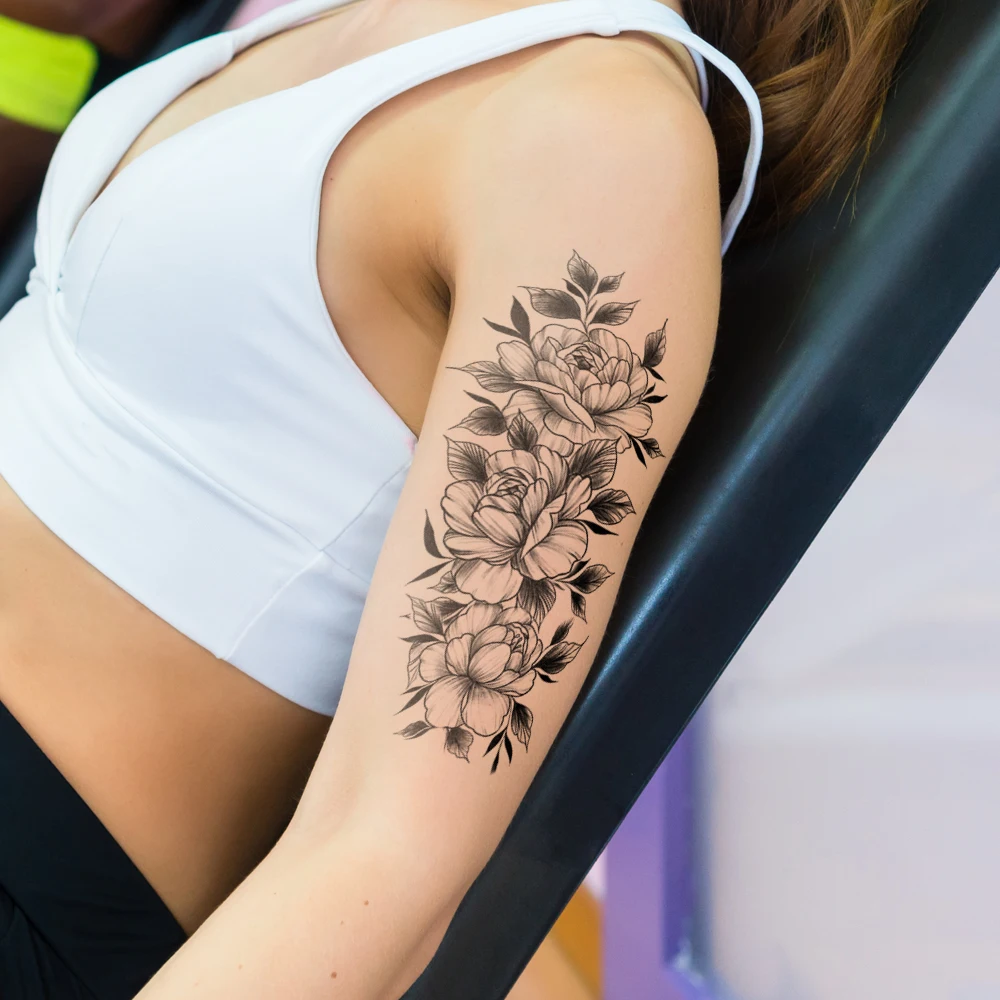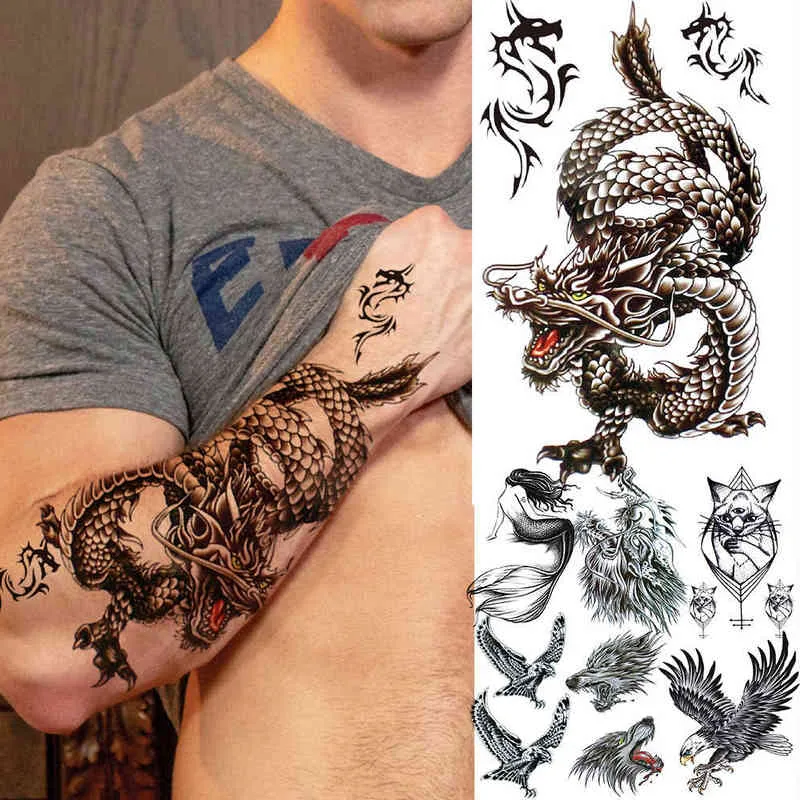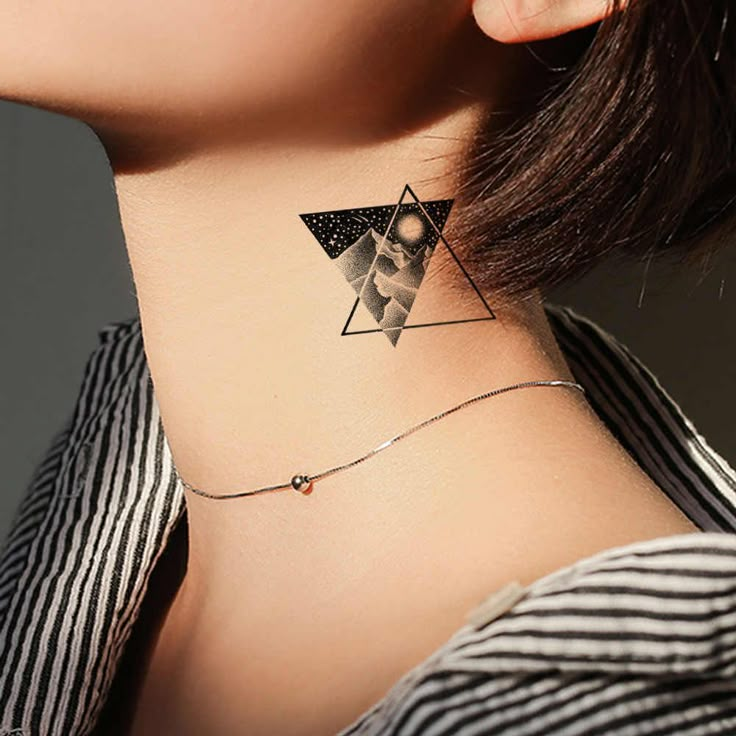If you’re considering getting inked, one of the first questions you might ask is how long do tattoos last. The answer isn’t as simple as a single number. While tattoos are generally permanent, their appearance changes over time. Factors like skin type, sun exposure, and aftercare play major roles in how well they age. In addition, tattoo placement on the body affects fading and wear. For example, areas with frequent friction tend to blur faster.
Moreover, the skill of the artist and quality of ink influence longevity. A well-done tattoo using high-grade pigments lasts longer and holds its detail better. On the other hand, poor technique can lead to premature blurring or patchiness. As a result, understanding what impacts tattoo lifespan helps set realistic expectations. Furthermore, lifestyle choices such as tanning, smoking, and skincare routines contribute to how sharp your ink stays. Therefore, this guide explores every aspect of how long do tattoos last, from healing stages to aging patterns. Also, we’ll cover tips for preserving vibrancy and when touch-ups may be needed.
 The Science Behind Tattoo Ink and Skin Layers
The Science Behind Tattoo Ink and Skin Layers
Tattoos last because ink is injected into the dermis, the second layer of skin. Unlike the epidermis, which sheds cells regularly, the dermis remains stable. When a needle deposits pigment here, immune cells called macrophages surround the particles. These cells trap the ink and prevent it from washing away easily. Over time, some ink breaks down and spreads slightly. However, most remains locked in place for years.
The body sees tattoo ink as a foreign substance. Yet, it cannot fully remove it due to the size of the pigment molecules. This natural response is why tattoos stay visible long-term. Different colors behave differently. Black and dark blue inks are larger and more stable. They resist fading better than lighter shades like yellow or pink. Red ink may change over decades, sometimes turning brownish. As a result, color choice affects how long do tattoos last. Understanding this process highlights why proper application matters.
Factors That Influence Tattoo Longevity
Several key factors determine how long do tattoos last. First, location on the body plays a major role. Areas exposed to sunlight—like arms, neck, and hands—fade faster. UV rays break down ink particles and damage skin structure. Second, skin type affects retention. Oily skin may cause ink to spread slightly over time. Dry or mature skin shows signs of aging sooner, impacting clarity.
Third, lifestyle habits matter. Frequent sunbathing or tanning accelerates fading. Swimming in chlorinated pools introduces chemicals that degrade pigments. Smoking reduces skin elasticity and slows healing, leading to earlier deterioration. Fourth, weight fluctuations stretch or distort tattoos. Rapid gain or loss alters skin texture and shape. Fifth, clothing friction wears down ink on areas like elbows or feet.
Finally, aftercare during the first few weeks sets the foundation. Proper cleaning and moisturizing support optimal healing. Skipping these steps increases scabbing and ink loss. All these elements combine to shape how your tattoo ages. Therefore, managing them improves long-term results.
 Tattoo Fading: What to Expect Over Time
Tattoo Fading: What to Expect Over Time
All tattoos fade to some degree. It’s a natural part of aging ink. Most people notice subtle changes within 5 to 10 years. Colors lose brightness, lines soften, and fine details blur. Black ink holds up best, often remaining bold for decades. Gray washes and watercolor styles fade more quickly. Bright hues like neon green or orange may disappear almost entirely.
Sun exposure speeds up this process dramatically. Even brief daily contact with UV light adds up. Tattoos on shoulders, forearms, or faces show aging signs earlier. In contrast, those on ribs, upper back, or thighs tend to stay sharper longer. Aging skin also contributes. As collagen declines, tattoos may appear stretched or cloudy. Wrinkles and sagging alter the original design.
Some tattoos develop a hazy look as ink migrates deeper into the skin. This is common with older machines or improper depth. Over time, the brain interprets slight shifts as blurriness. Touch-ups can restore definition. However, prevention through protection works best. Using sunscreen and covering tattoos outdoors preserves their look. Thus, knowing what fading looks like helps plan for maintenance.
The Role of Tattoo Aftercare in Longevity
Proper aftercare directly affects how long do tattoos last. The first two weeks are critical. During this phase, the skin heals and locks in ink. Follow your artist’s instructions carefully. Wash gently with fragrance-free soap. Pat dry—never rub. Apply a thin layer of recommended ointment or lotion.
Avoid soaking the tattoo. No swimming, baths, or hot tubs for at least two weeks. Let showers be quick and lukewarm. Excess moisture delays healing and risks infection. Also, never pick scabs. Doing so pulls out ink and creates patchy spots. Let them fall off naturally.
Wear loose, breathable clothing to reduce irritation. Tight fabrics trap sweat and cause friction. Keep the area out of direct sunlight. UV exposure too soon damages new skin and fades ink fast. Moisturize daily once healed. Hydrated skin keeps tattoos vibrant longer.
These steps may seem minor. However, skipping any can impact final results. Good aftercare ensures clean lines and rich color. It lays the groundwork for lasting beauty. Ultimately, investing effort early pays off for years.
 Professional Tattooing vs. DIY: Impact on Longevity
Professional Tattooing vs. DIY: Impact on Longevity
The method used to apply a tattoo greatly influences how long do tattoos last. Professionally done tattoos use medical-grade ink and sterile equipment. Artists control needle depth precisely. Too shallow, and the ink won’t stay. Too deep, and it spreads or causes blowouts. Skilled artists hit the sweet spot in the dermis consistently.
DIY tattoos lack these advantages. Home kits often use unsafe inks or non-sterile needles. Depth control is guesswork. As a result, ink may not embed properly. This leads to patchy healing or rapid fading. Some amateur tattoos disappear within months. Others scar or blur badly.
Professional studios follow hygiene protocols. They reduce infection risk and ensure even application. High-quality machines deliver steady lines. Custom designs reflect artistic vision accurately. In contrast, stick-and-poke methods work for small pieces but don’t hold detail long-term.
Even machine settings affect outcome. Voltage, speed, and needle grouping vary by skin type and style. Experts adjust accordingly. Amateurs rarely have this knowledge. Therefore, choosing a licensed artist protects your investment. It ensures your tattoo lasts as long as possible.
Signs It’s Time for a Tattoo Touch-Up
Over time, even well-cared-for tattoos may need refreshing. Several signs indicate it’s time for a touch-up. First, noticeable fading makes colors dull. If black lines look gray or red turns brown, consider a session. Second, blurred outlines suggest ink migration. Crisp edges should remain defined.
Third, patchiness appears where ink dropped out. This often happens on bony areas or if the tattoo peeled heavily. Fourth, distortion occurs from weight changes or sun damage. Stretch marks or sagging skin warp the image. Fifth, old tattoos lose character. Fine details vanish, leaving flat shapes.
Touch-ups restore vibrancy and fix imperfections. Most artists recommend waiting at least six months between sessions. This allows full healing. Frequency depends on care and location. Sun-exposed tattoos may need refreshers every 5–7 years. Protected ones can go 10 or more.
Always consult your original artist if possible. They know the design and technique best. New artists can match style with reference photos. Regular maintenance keeps tattoos looking fresh.
 Frequently Asked Questions
Frequently Asked Questions
Do tattoos fade completely over time?
Most don’t disappear fully. However, poor care or sun exposure can make them nearly invisible.
Can you prevent tattoo fading?
Yes. Use sunscreen, avoid excessive sun, and moisturize regularly.
Are some colors less permanent than others?
Yes. Light colors like yellow and pastels fade fastest. Dark inks last longest.
How soon can I get a tattoo touched up?
Wait at least six months. This ensures complete healing.
Does tattoo placement affect longevity?
Absolutely. High-friction or sun-exposed areas fade quicker.
Can obesity or weight loss ruin a tattoo?
Significant changes stretch or distort the design. Moderate shifts have less impact.
Do all tattoos blur with age?
Most soften slightly. Proper care minimizes noticeable blurring.
Is it safe to tattoo over faded ink?
Yes. Professionals can reline and recolor during a touch-up.
 Final Thoughts on How Long Do Tattoos Last
Final Thoughts on How Long Do Tattoos Last
Understanding how long do tattoos last empowers you to make informed decisions. While they are designed to be permanent, their condition depends on many factors. From initial aftercare to daily sun protection, your actions shape their lifespan. High-quality work from a skilled artist gives the best starting point. Then, consistent care preserves the art for decades.
Tattoos evolve, just like the people who wear them. Some embrace the natural aging of ink. Others prefer regular touch-ups to keep designs sharp. Either approach is valid. What matters most is personal meaning and satisfaction. With proper attention, your tattoo can remain a vibrant part of your story. So whether you’re planning your first piece or maintaining an old favorite, remember that longevity starts with knowledge. And now that you know how long do tattoos last, you can protect your ink with confidence.

